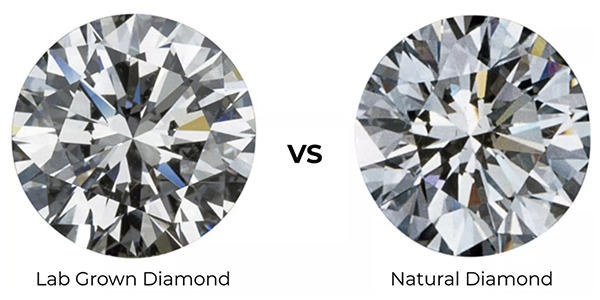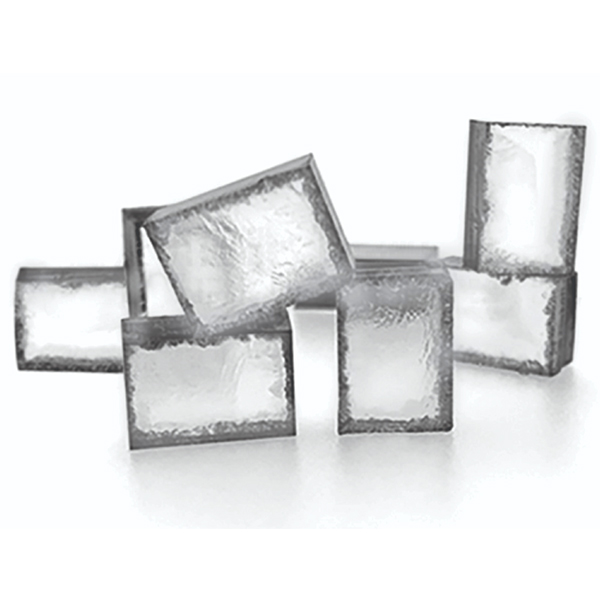
At Ellis Jewelers, our goal is to match you with the diamond of your dreams. We also believe in educating our clients about the world of diamonds so that they can make the most informed choice. Some of the most common questions we get these days are about the differences and similarities between lab grown diamonds and natural diamonds. So, we created this page with you in mind, and we hope it equips you with the valuable information you need to decide which diamond is right for you!
Lab grown diamonds have the same chemical makeup as natural diamonds. This means that they have all the same physical properties of natural diamonds, from their durability to their brilliance.
Jewelers have to use very specialized equipment to determine whether a diamond is natural or lab grown. Otherwise, no one will be able to tell if your jewelry contains natural or lab grown diamonds. So, for all intents and purposes, they are indeed real!
Lab grown diamonds have both benefits and drawbacks. You’re probably already aware that lab grown diamonds cost significantly less than natural diamonds. For many people, this is the main “pro” of lab diamonds. If you’re on a tighter budget, or if you want a larger diamond for less money, the price alone may be enough to convince you to choose a lab diamond.
However, the other side of this coin is that lab diamonds do not hold their value as well as natural diamonds. Natural diamonds are expensive because they are a finite resource, and because it requires a lot of labor to mine them. Lab diamonds are technically an infinite resource, since they can be continually and easily created. The very thing that makes them less expensive also means that their market value decreases over time. So, if you intend to resell your diamond jewelry or pass it down as an heirloom eventually, you may want to invest in a natural diamond instead.

We’ve already mentioned one of the drawbacks of natural diamonds: the price. They’re very difficult to mine, and only a very small percentage of mined diamonds are high quality enough to be used in jewelry. So, it makes sense that they’re more expensive. It also makes sense that they hold their value better than lab grown diamonds, as we touched on in the previous section.
It also contributes to their status as a symbol of romance. There is something extra special about knowing how rare your diamond jewelry is, whether it’s a tennis bracelet or an engagement ring. You may not find that same romantic appeal in a lab grown diamond, and that’s okay.
At the end of the day, both lab grown diamonds and natural, mined diamonds share many of the same qualities. They are both beautiful and special in their own right. However, it’s important to weigh the pros and cons before you make your decision. Here at Ellis Jewelers, we’ll never pressure you to choose one over the other.
Our goal is to empower you as a client with all of the information you need to find your ideal diamond. If you have any more questions about lab grown or natural diamonds, please feel free to ask us! Our friendly and knowledgeable associates are happy to help.

Use this space to save the products you like. To add a product here, simply click the icon.